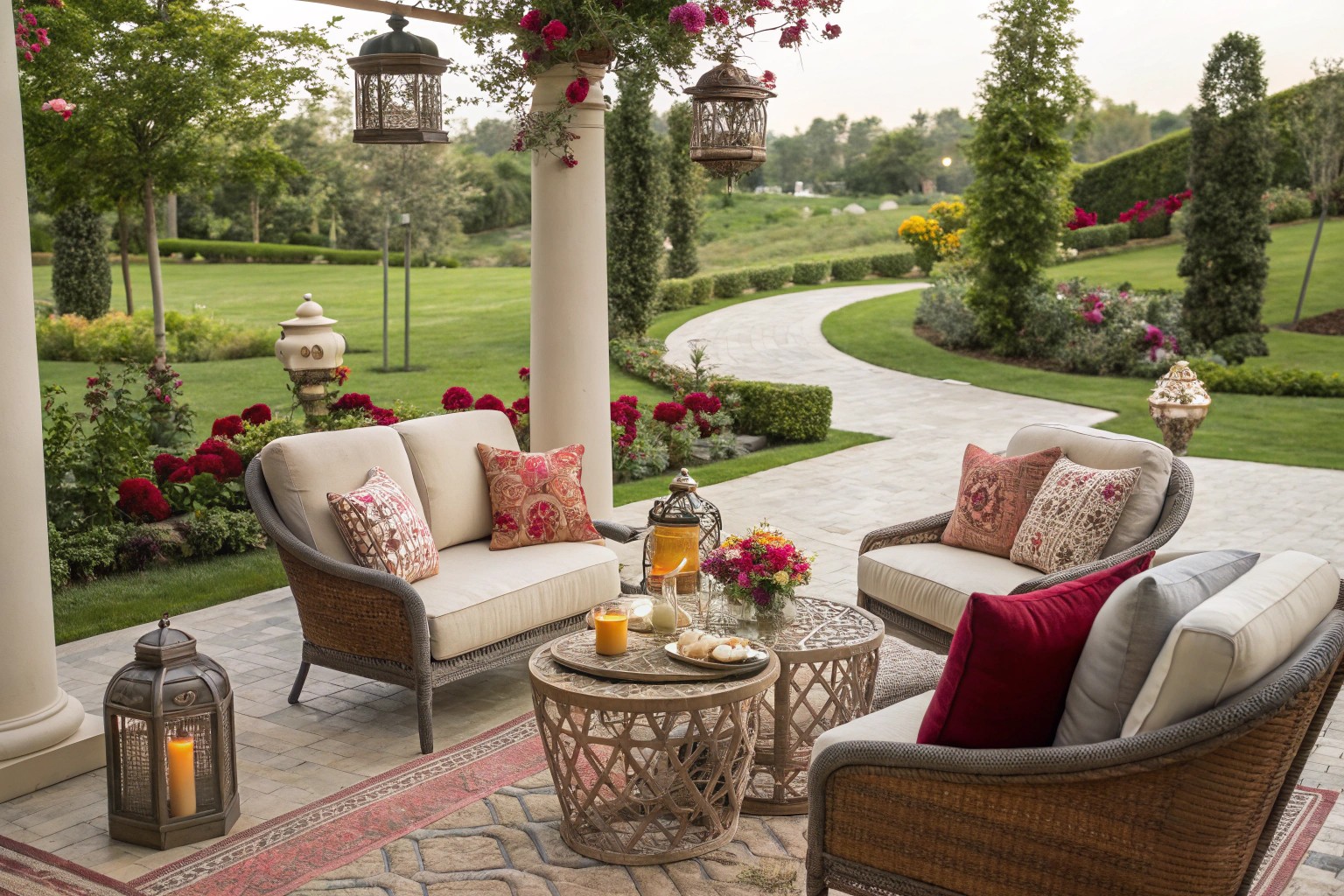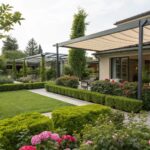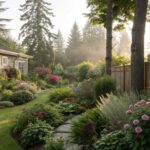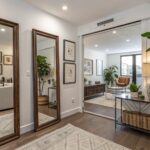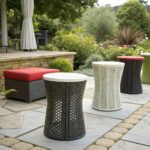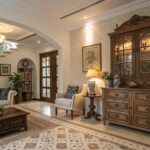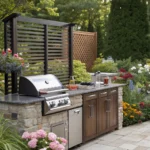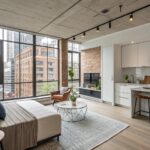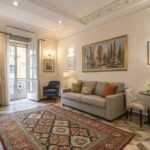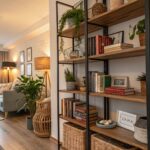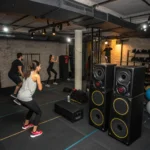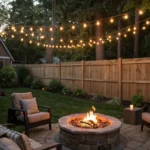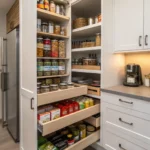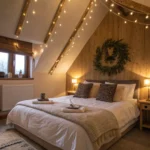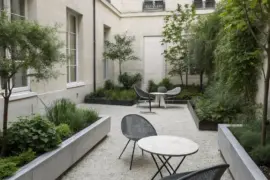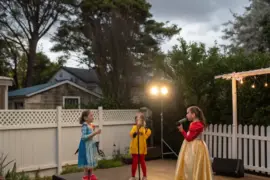The art of outdoor living has evolved far beyond basic patio furniture, transforming exterior spaces into sophisticated extensions of our interior design aesthetic. Creating seamless transitions between indoor comfort and outdoor durability requires understanding both the technical demands of weather-resistant materials and the design principles that make spaces feel intentionally curated.
Understanding the Foundation: Material Science for Outdoor Success
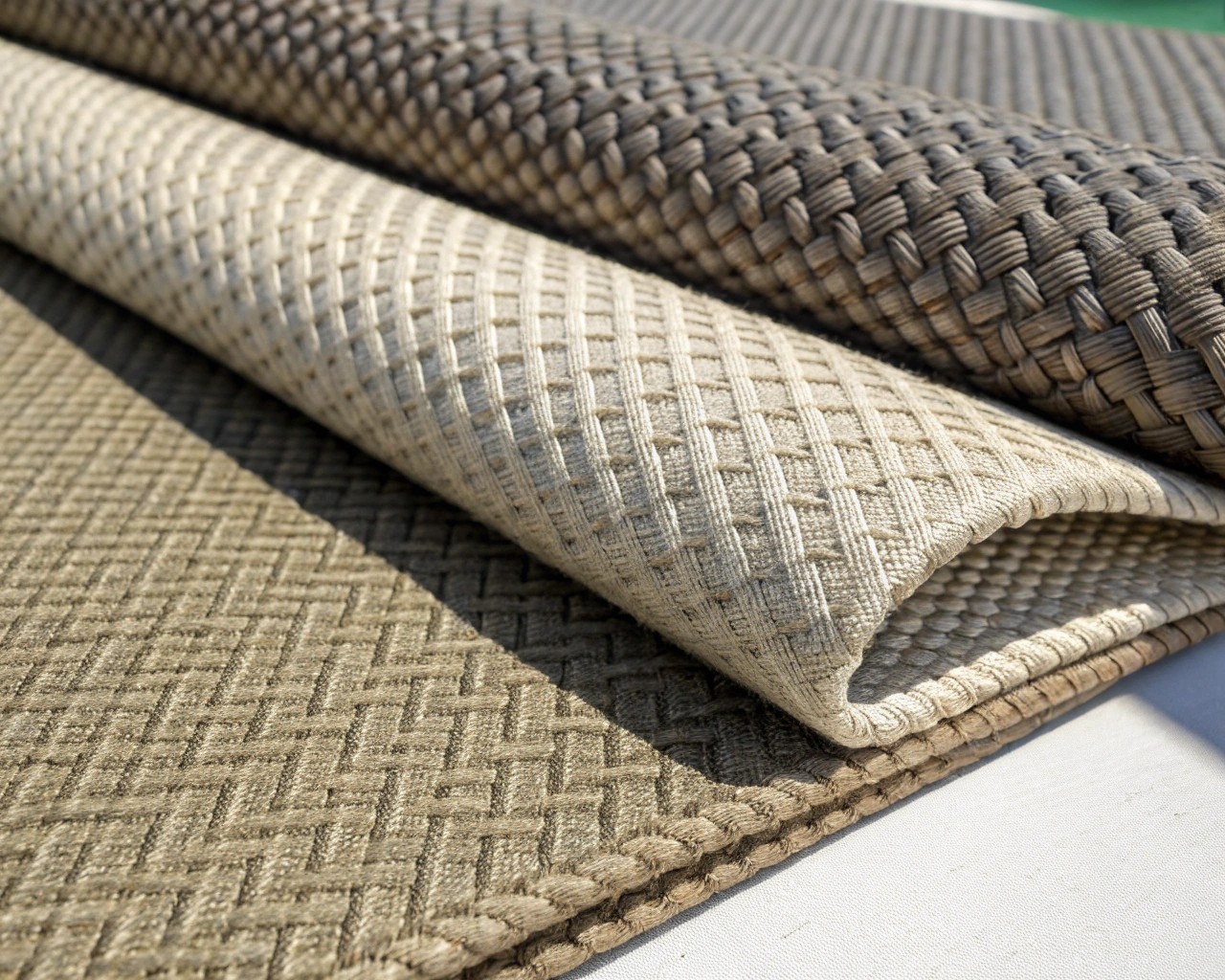
The cornerstone of successful outdoor styling lies in selecting materials engineered to withstand environmental challenges while maintaining aesthetic appeal. Modern outdoor fabrics represent significant advances in textile technology, offering performance capabilities that rival indoor materials in comfort while exceeding them in durability.
High-Performance Fabric Options
Olefin: Consider this the gold standard for harsh climates. Olefin fabrics demonstrate exceptional UV resistance and color retention properties, making them ideal for areas with intense sunlight. The material’s inherent stain resistance and quick-drying capabilities make maintenance straightforward.
Acrylic Fabrics: These materials excel in UV resistance and color retention, though they typically command higher prices than olefin alternatives. Acrylic fabrics maintain their appearance even under prolonged sun exposure, making them particularly suitable for sunny regions.
Sunbrella Performance Fabrics: Industry-leading in fade resistance, these fabrics feature solution-dyed fibers where color penetrates throughout the material rather than being applied as surface coating. This construction method ensures long-term color stability and provides comprehensive resistance to mold, mildew, and water.
Construction Considerations
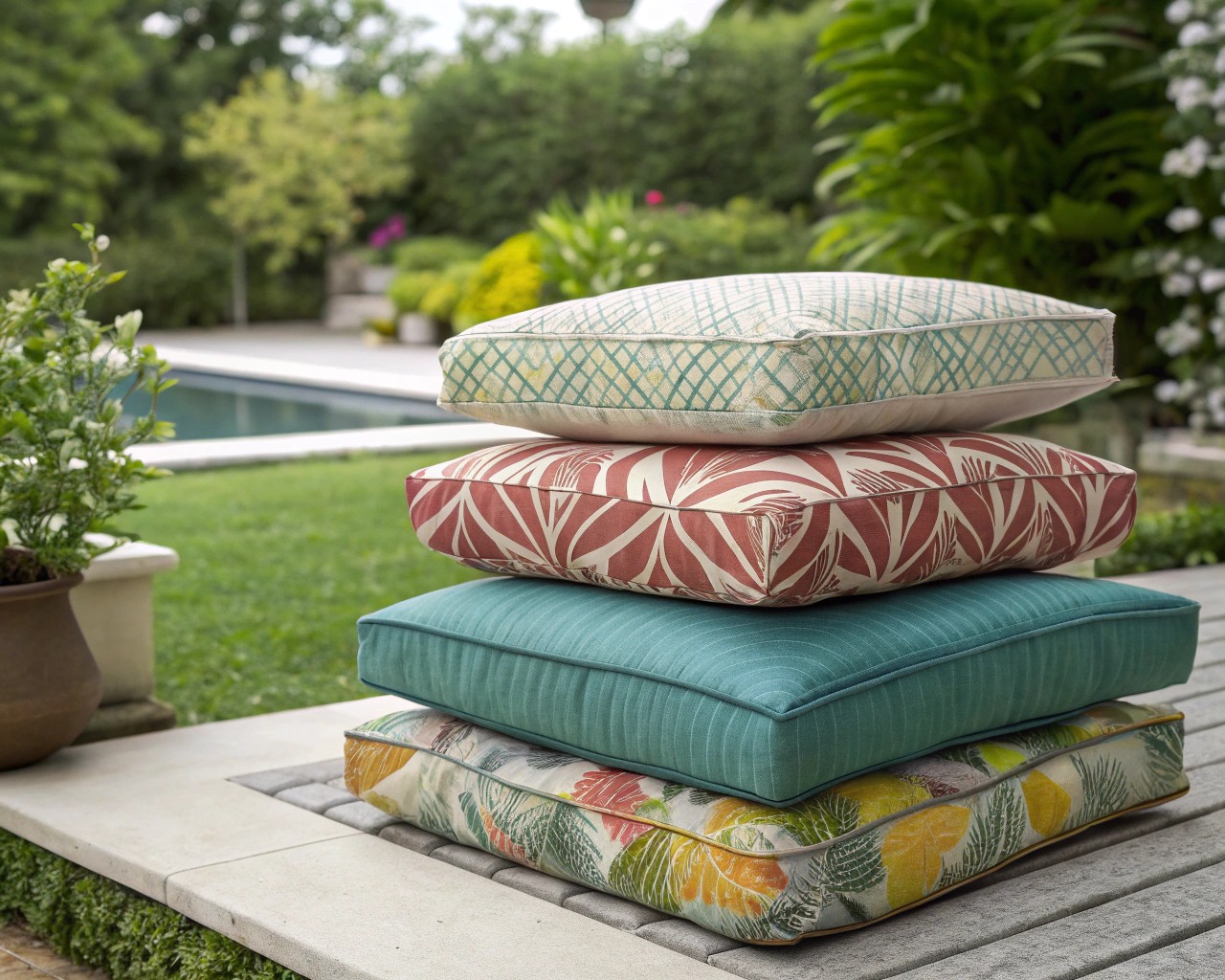
Quality outdoor cushions incorporate high-density foam cores wrapped in densified polyester for optimal comfort and longevity. For areas with frequent rain exposure, reticulated foam—also known as “outdoor foam”—features an open-cell structure that allows water drainage, preventing moisture retention and subsequent mold growth.
Strategic Color and Pattern Coordination
Establishing Your Foundation Palette
Begin by assessing your existing outdoor elements to identify foundational colors. Most outdoor furniture utilizes neutral tones—light browns, grays, or whites—which provide flexibility for accent colors. I’ve found that drawing inspiration from surrounding elements creates the most cohesive results: natural greenery, hardscape materials, architectural features, and adjacent interior spaces all contribute to a unified color story.
The 60-30-10 Design Rule for Outdoor Spaces
Apply this classic interior design principle to outdoor areas:
- 60%: Dominant neutral base (furniture, major cushions)
- 30%: Secondary color (coordinating cushions, larger throws)
- 10%: Accent color (smaller pillows, decorative elements)
Pattern Mixing Strategies
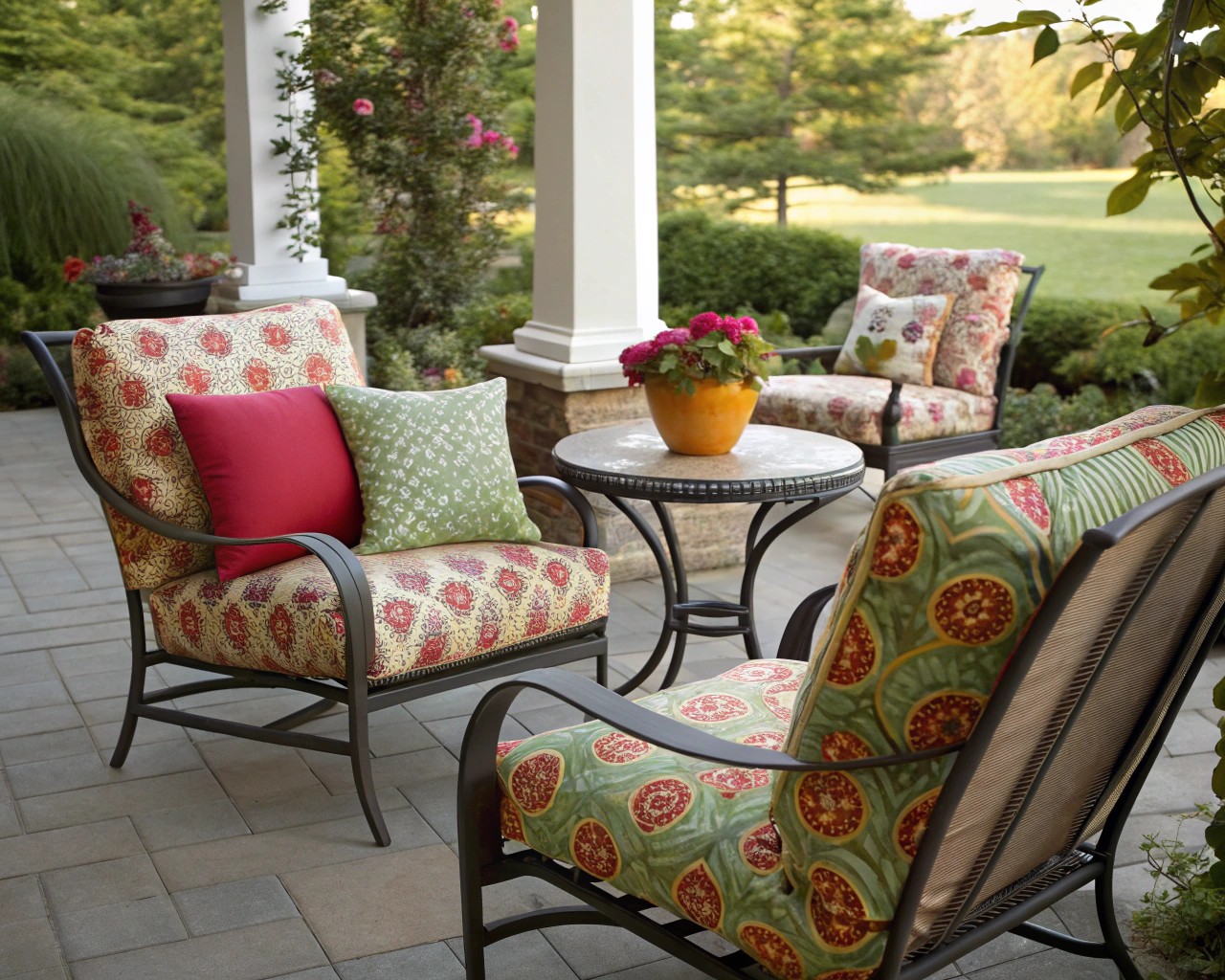
Successful pattern combination follows specific guidelines:
Scale Variation: Combine patterns of different scales—pair large geometric prints with smaller florals or subtle textures.
Color Bridge: Ensure patterns share at least one common color to create visual continuity.
Pattern Hierarchy: Establish one dominant pattern and support it with simpler designs or solid colors.
Layering Techniques for Depth and Comfort
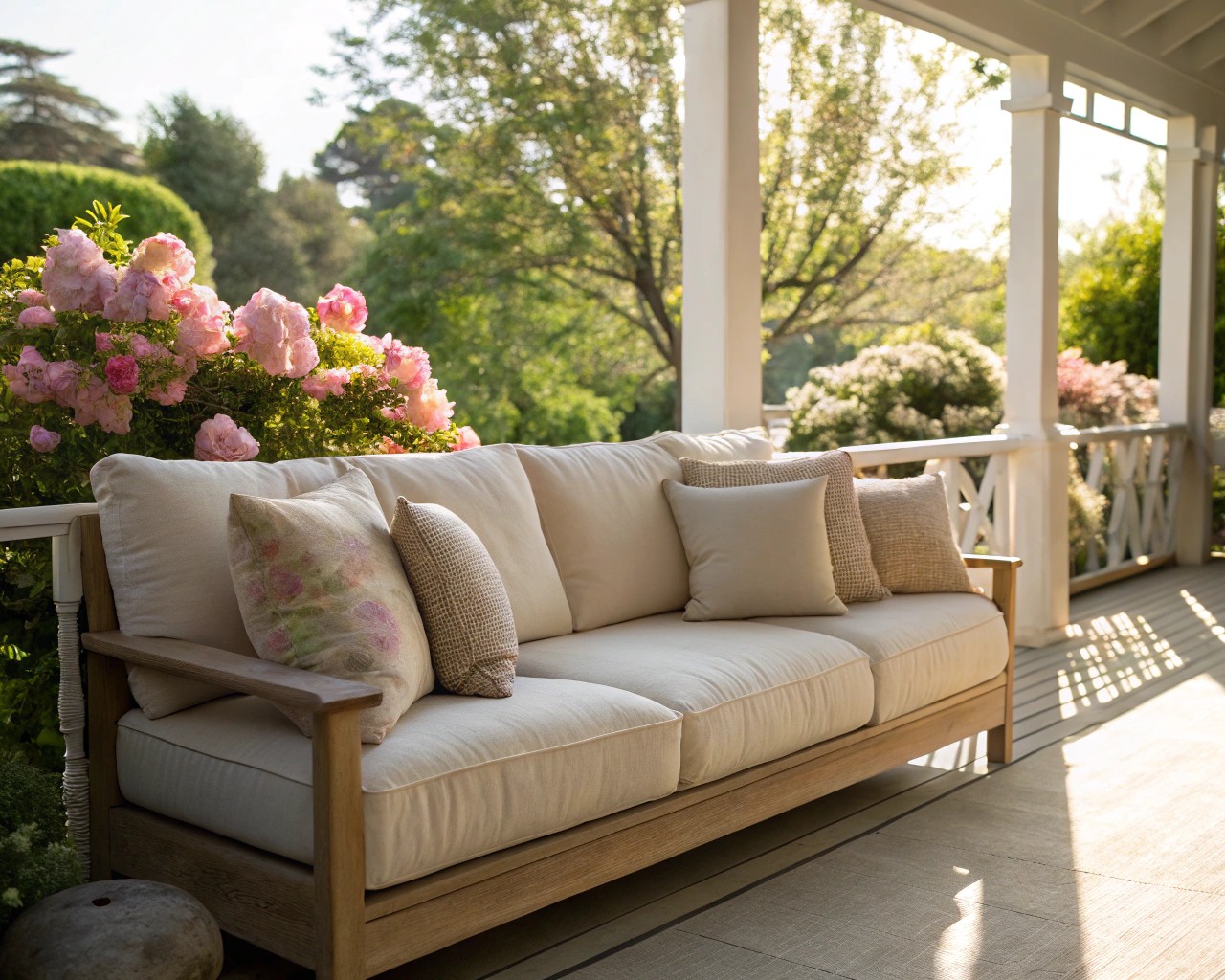
The Foundation Layer System
Base Cushions: Start with substantial cushions (minimum 4-5 inches thick) in neutral or primary colors. These provide essential comfort and establish the visual foundation.
Secondary Layer: Add medium-sized cushions in complementary colors or subtle patterns. These bridge the gap between foundational elements and accent pieces.
Accent Layer: Incorporate smaller throw pillows in bold patterns or contrasting colors. These elements provide personality and can be easily changed seasonally.
Throw Blanket Integration
Throws serve dual purposes in outdoor spaces: practical warmth during temperature drops and visual softness that contrasts with hard furniture surfaces. Position throws where they’re both accessible and aesthetically pleasing:
- Draped over chair backs for easy access
- Folded on ottomans or side tables
- Casually arranged in baskets for informal gathering spaces
Practical Styling Applications
Small Space Solutions
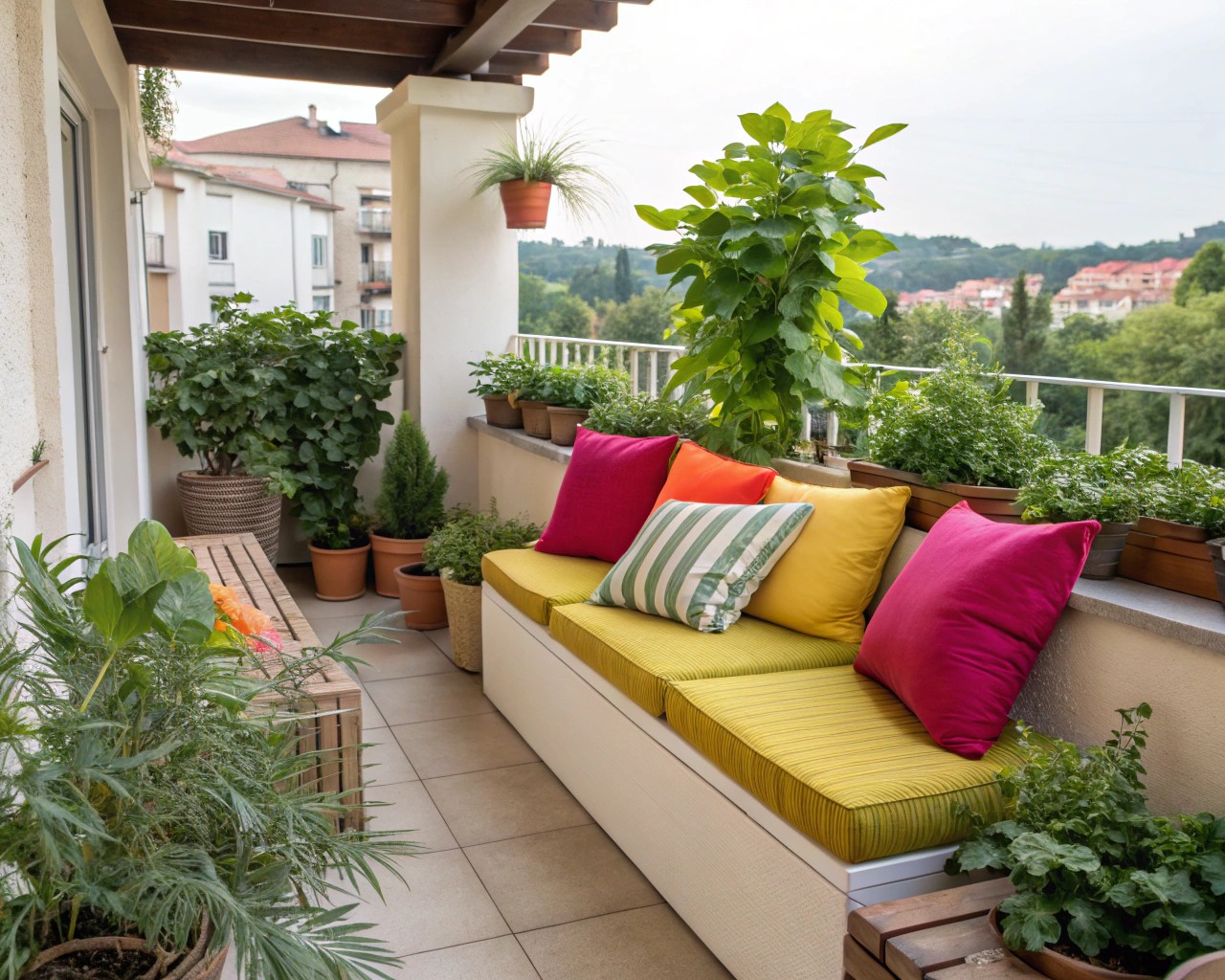
For compact patios or balconies, strategic cushion placement can create the illusion of larger spaces. Use fewer, larger pieces rather than multiple small elements to avoid visual clutter. A single large outdoor rug covering most of the floor area, combined with appropriately scaled seating and cushions, creates better visual flow than multiple smaller elements.
Multi-Functional Arrangements
Consider cushions that serve multiple purposes: floor cushions provide flexible seating for gatherings, while storage ottomans with weather-resistant cushions offer both comfort and practical organization.
Seasonal Adaptability
Design your cushion collection with seasonal variation in mind. Lighter colors and breathable fabrics work well for summer months, while deeper, richer tones complement autumn and winter outdoor use. Store seasonal pieces properly to extend their lifespan—indoor storage during extreme weather prevents unnecessary wear.
Weather Resistance and Maintenance Protocols
Preventive Care Strategies
Regular maintenance extends cushion life significantly. Implement these practices:
Weekly: Remove surface debris and spot-clean spills immediately using mild soap and water.
Monthly: Deep clean removable covers according to manufacturer specifications. Most high-quality outdoor fabrics tolerate machine washing.
Seasonally: Apply fabric protection sprays to enhance water resistance, particularly before rainy seasons.
Storage Solutions
Even weather-resistant materials benefit from protection during extreme conditions. Covered storage or indoor placement during severe weather prevents premature aging and maintains appearance quality. For spaces lacking storage, consider furniture covers designed specifically for cushioned outdoor pieces.
Advanced Design Considerations
Creating Cohesive Outdoor Rooms
Think of outdoor spaces as rooms requiring the same design attention as interior spaces. Just as you wouldn’t place random furniture in a living room, outdoor areas benefit from intentional arrangement and styling. Consider sight lines, traffic flow, and functional zones when positioning cushioned seating areas.
Integrating Natural Elements
Successful outdoor styling harmonizes designed elements with natural surroundings. Use cushion colors that complement existing vegetation, and consider how seasonal changes in plant materials will affect your overall aesthetic. Earth tones provide stability, while accent colors can echo flowering plants or seasonal foliage changes.
Lighting and Ambiance
Evening use requires consideration of how cushion colors and textures appear under artificial lighting. Warm-toned LED string lights or lanterns enhance most fabric colors, while cooler lighting can wash out certain hues. Test your color combinations under your typical evening lighting conditions before finalizing selections.
Measurement and Fit Specifications
Accurate Dimensioning
Proper fit ensures both appearance and function. Measure furniture carefully, noting any curves, tapering, or unique features that affect cushion placement:
Width: For chairs with arms, measure between inner arm surfaces. For armless seating, measure full width.
Depth: Measure from front edge to back, accounting for any curvature in the seating surface.
Thickness: Aim for minimum 4-inch thickness for optimal comfort, with 5.5 inches preferred for extended use.
Custom vs. Standard Options
While standard sizes work for many applications, custom cushions ensure perfect fit and allow for unique color combinations or patterns not available in ready-made options. The investment in custom work often pays dividends in both appearance and comfort over the cushion’s lifetime.
Troubleshooting Common Challenges
Fading Prevention
Even the best outdoor fabrics will eventually show wear. Minimize fading by rotating cushions regularly to ensure even sun exposure, and consider retractable shade structures for areas with intense afternoon sun.
Moisture Management
In humid climates or areas with frequent rain, proper air circulation prevents mold and mildew development. Avoid placing cushions directly against solid surfaces where air cannot circulate freely. Elevate cushions slightly using furniture pads or breathable materials.
Maintenance Scheduling
Establish regular maintenance routines rather than waiting for visible problems. Proactive care maintains appearance and extends useful life significantly beyond reactive maintenance approaches.

